Growth in Renewable Energy Sector
The Aftercooler Market is poised for growth due to the expansion of the renewable energy sector. As the world shifts towards sustainable energy sources, the demand for efficient cooling systems in renewable energy applications, such as wind and solar power, is increasing. Aftercoolers are essential in these systems to ensure optimal performance and reliability. For instance, in wind energy, aftercoolers help maintain the efficiency of hydraulic systems used in turbine operations. Market projections indicate that the renewable energy sector could grow by 20% over the next five years, which is likely to drive the demand for aftercoolers as industries seek to enhance the efficiency and reliability of their operations.
Regulatory Compliance and Standards
The Aftercooler Market is significantly influenced by the increasing regulatory compliance and standards imposed on industrial operations. Governments and regulatory bodies are implementing stringent guidelines to ensure that industries minimize their environmental impact and enhance operational safety. Aftercoolers contribute to these objectives by reducing moisture and contaminants in compressed air systems, thereby improving air quality and equipment longevity. As industries strive to comply with these regulations, the demand for aftercoolers is expected to rise. Market analysis suggests that adherence to these standards could lead to a 15% increase in aftercooler installations across various sectors, highlighting the critical role of aftercoolers in achieving compliance.
Rising Demand for Energy Efficiency
The Aftercooler Market is experiencing a notable increase in demand for energy-efficient solutions. Industries are increasingly focusing on reducing operational costs and enhancing productivity, which has led to a surge in the adoption of aftercoolers. These devices play a crucial role in cooling compressed air, thereby improving the overall efficiency of pneumatic systems. According to recent data, the energy savings achieved through the use of aftercoolers can reach up to 30%, making them an attractive option for manufacturers. As companies strive to meet stringent energy regulations and sustainability goals, the Aftercooler Market is poised for growth, driven by the need for innovative cooling solutions that align with energy efficiency objectives.
Expansion of Industrial Applications
The Aftercooler Market is witnessing an expansion in its applications across various industrial sectors. Industries such as manufacturing, automotive, and food processing are increasingly utilizing aftercoolers to enhance the performance of their compressed air systems. The versatility of aftercoolers allows them to be integrated into diverse processes, thereby improving product quality and operational efficiency. For instance, in the automotive sector, aftercoolers are essential for maintaining optimal air temperatures during painting and assembly processes. This trend is supported by market data indicating a projected growth rate of 5% in the industrial sector, which is likely to further drive the demand for aftercoolers in the coming years.
Technological Innovations in Aftercooler Design
The Aftercooler Market is benefiting from ongoing technological innovations that enhance the design and functionality of aftercoolers. Advances in materials and engineering techniques have led to the development of more efficient and compact aftercoolers, which are easier to install and maintain. These innovations not only improve cooling performance but also reduce energy consumption, aligning with the industry's shift towards sustainability. Furthermore, the integration of smart technologies into aftercooler systems allows for real-time monitoring and optimization, which can lead to significant operational improvements. As these technologies continue to evolve, the Aftercooler Market is likely to see increased adoption rates, driven by the demand for high-performance cooling solutions.


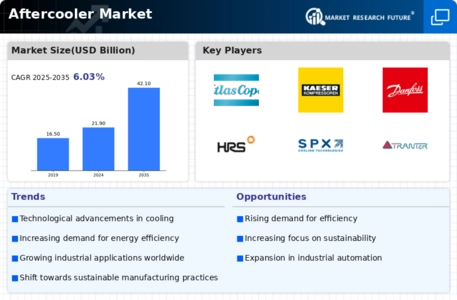
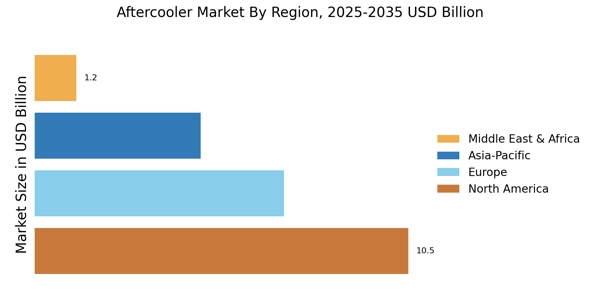
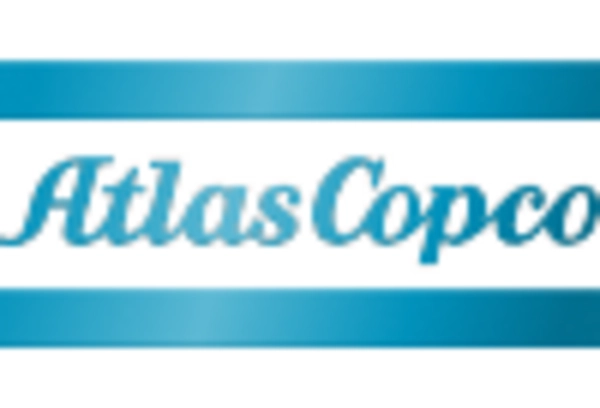
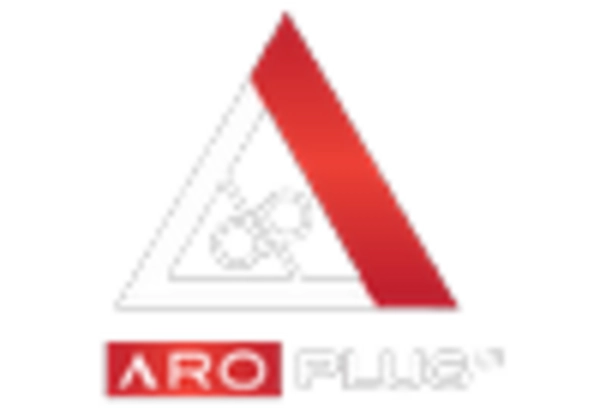
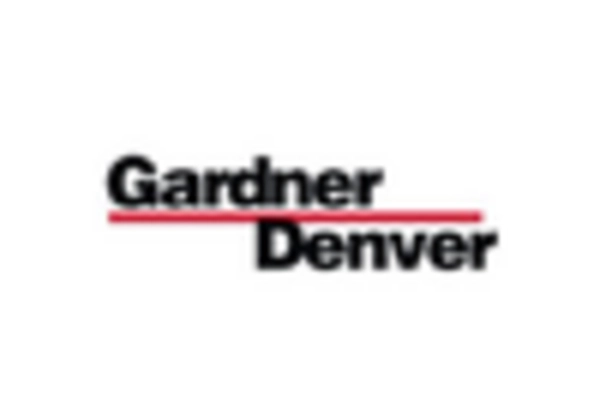
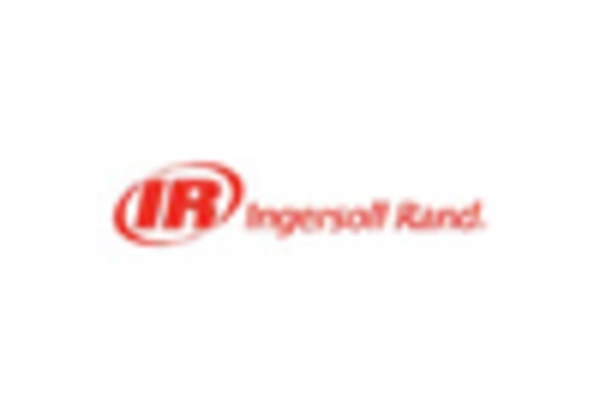
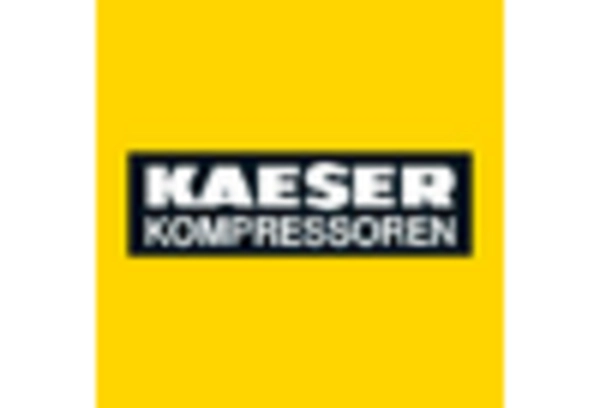
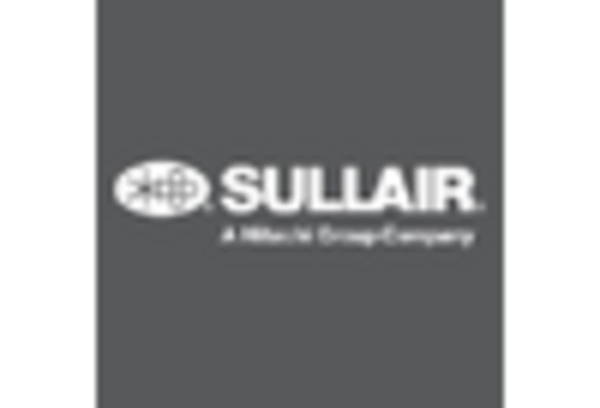








Leave a Comment